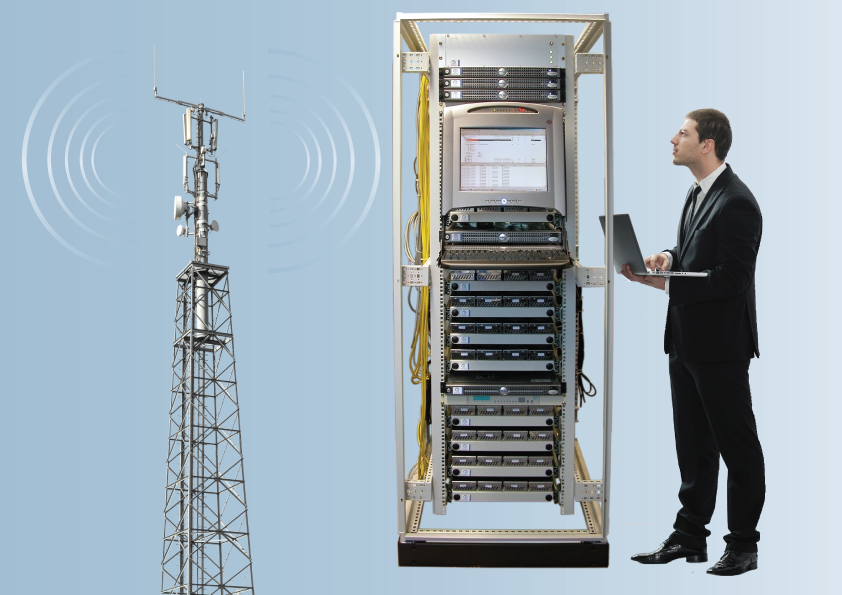The main motivation for a subscriber to select a mobile network operator are the costs and the quality of the cellular network. Network coverage, reliability and performance are the key factors for customer satisfaction and influence many subscribers’ decision for service provider change.
Qosmotec’s Mobile Network Tester LTS verifies the user experience of the mobile network for all relevant network applications and services and provides key performance indicators (KPIs) to assess the network quality.
Mobile network tests that are controlling a high number of mobile devices can be executed…
LTS uses actual mobile phones to test the mobile network under realistic conditions replicating the mobile network usage of subscribers. It is used in the test plant
- as LTS Call Generator (Voice/Data) for load and stress testing on the air interface,
- for functional testing of network services .
In the live network it is employed for
- mobile network monitoring,
- international roaming tests, especially those following the IREG test specifications,
- SIM Toolkit and Value Added Service (VAS) tests.
A test plant setup consists of plenty of mobile phones in an industrial rack, each of them kept in its own shielding box. For live network tests, test probes containing mobile phones are located on selected measurement points and communicate from remote with a central test execution unit that coordinates the test activities.
With the most current handsets, smartphones, tablets and datasticks from nearly any vendor, the tester can easily configure a traffic mix of subscriber profiles, which is executed automatically and fully unattended. Also PSTN lines can be actively involved into the test process.
The test results reveal typical mobile network performance KPIs, such as
- Call success and connection loss rate
- Time for connection establishment / call setup time
- Voice quality
- Data throughput on uplink and downlink
The LTS test software is easy to learn and simple to use. With a few drag and drop actions, testers can create and parameterize big test scenarios from predefined test cases, manage a vast amount of hardware resources (e.g., mobile phones, SIM cards, data hosts), and run the tests in scheduled time frames.
But LTS offers even more than just automated control of mobile phones: It provides an open platform that allows the integration of any kind of mobile network test equipment with an open interface. This makes it possible to include results and data of other testing tools. LTS collects and synchronizes all data, creating the basis for a comprehensive analysis.
Frequently applied is the combination with the QPER Handover Tester. Thus, the mobile network tester integrates mobility scenarios into the automation environment and provides for handover testing within and between all network technologies.
Another widely spread extension is a SIM card array, which is used by LTS to swap SIMs in mobiles via software for automation of international roaming tests as well as SIM Toolkit tests.



